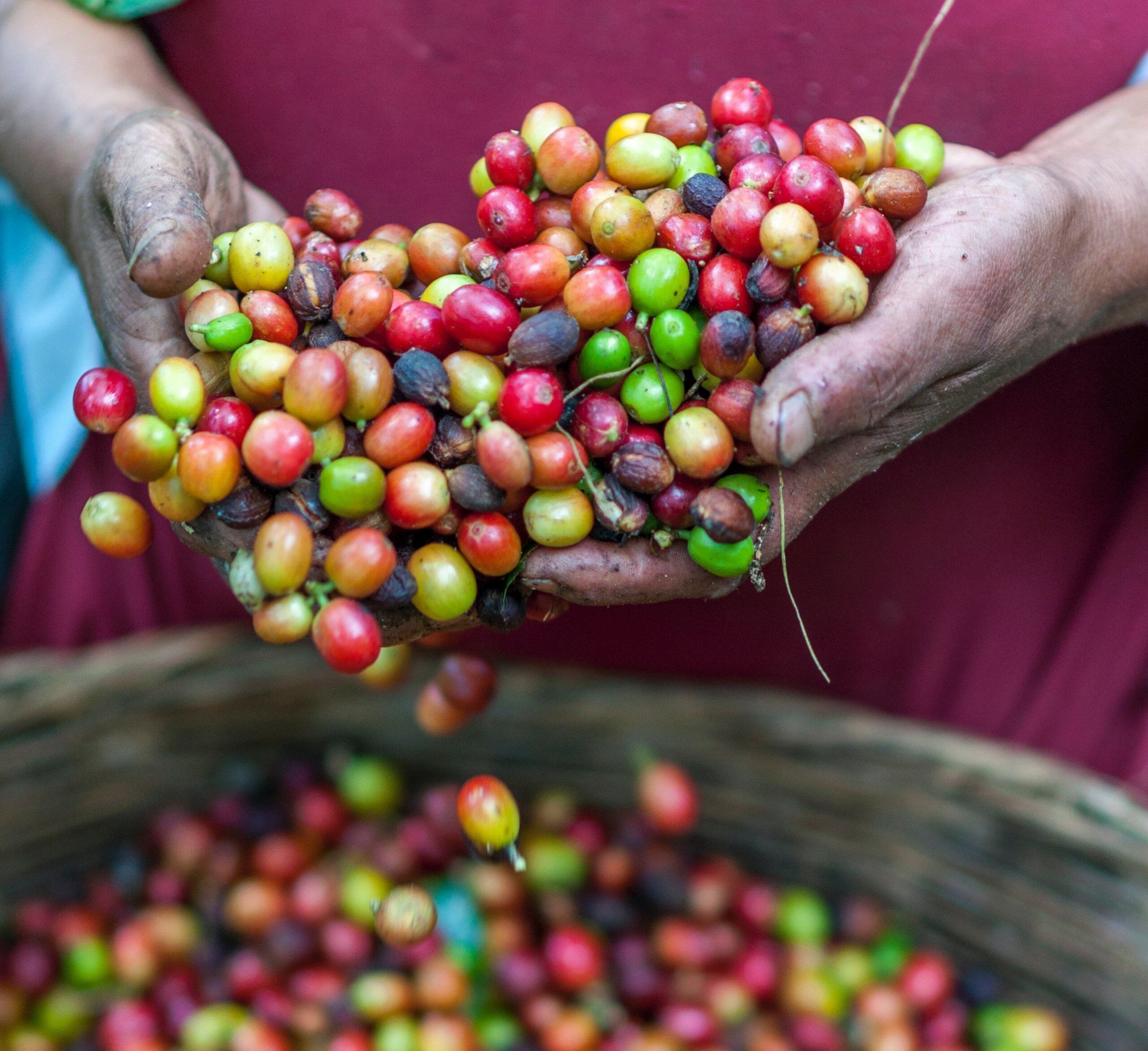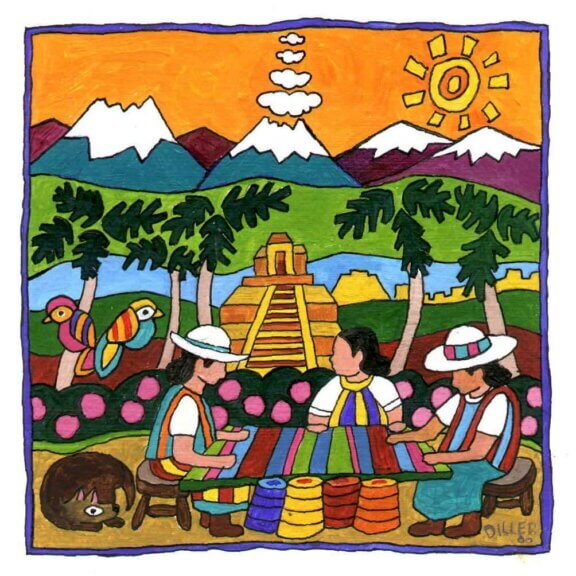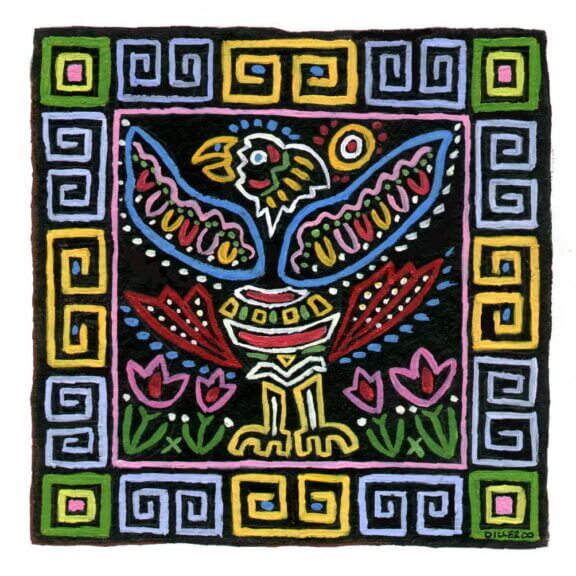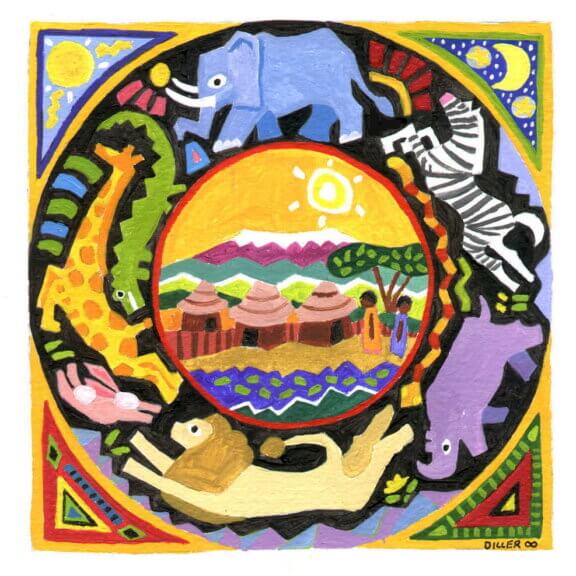
The processing method for freshly picked coffee beans makes a big difference in resulting flavors. While the variety of coffee plant, the location it’s grown, roasting temperature or time, and even brewing methods all affect your final cup, the processing method makes one of the biggest differences in how your coffee tastes.
Washed coffees taste clean and vibrant. Some argue that the best coffee beans are processed using the wet method. While we also enjoy the fruitiness of a natural processed coffee, the earthiness of a wet-hulled coffee, and the special sweetness of honey processed coffees here at Carrabassett Coffee Company, we cannot help but appreciate a premium quality wet-process coffee bean. The most common method of processing coffee, the washed process provides the most opportunity for consistency and control. If you are looking for a pure coffee taste without added flavor notes from external “impurities”, the best coffee to drink is a wet-processed coffee.
Coffee grows at high altitudes in hot climates. The brown coffee beans we recognize start out as “cherries” on the coffee bushes. The cherries are little fruits, which are picked (usually by hand) and then brought to coffee mills where they undergo treatment to reveal and prepare the hidden coffee bean inside for sale. We buy the raw beans from a distributor, roast them to perfection in small batches, use some to create specialty blends, and offer them to you.
The wet processing occurs at coffee mills.
Once the coffee cherries are harvested, timing is essential. They must be brought to the coffee mill and the processing must start immediately, to avoid any fermentation of the coffee cherry. Fermentation at this stage can lend unwanted flavors to the coffee beans, so the “depulping” (a misnomer: the skin is removed, but the ‘pulp’ remains) must occur as soon as possible. The coffee fruits are immersed in water and they remain wet throughout the process, hence the name.
When plunged into water, the overripe cherries float to the top and are removed. In addition to preparing the coffee beans, the wet process also serves to sort the coffee beans, removing any that could potentially lower the quality of the entire batch. After the first sort, the coffee cherries go through the “depulper” (remember, it’s the skin being removed at this stage). The depulper is a V shaped opening with a rasp on one half to tear away the skin. The skin goes out one side and the sticky, pulpy remainder (with coffee beans inside) are siphoned down to a sieve, which sorts the cherries by size and ensures no empty skins continue along the process.
Bigger beans are often seen as higher quality because they indicate the ripest fruit. The sticky, de-skinned coffee fruits will go through two more wet sieves, which sort the cherries by size. The end-point is a big, stone, open topped trough. This trough is essentially a fermenting tank.
Earlier in the process, we did not want any fermentation, but it’s a necessary step now. The fermentation will break down the mucilage (that’s the remaining sticky fruit of the coffee cherry) so that it can be removed. The water drains out the bottom of the fermentation trough, and the beans sit for somewhere between 8 and 48 hours.
Timing is, again, essential at this step. The fermentation should stop before the sweet and sour smell changes over to a rotting “off” sour scent, otherwise a fermented flavor will soak into the beans and cause sour notes in the final cup. It takes an expert to know when to stop the process; it’s when the mucilage comes off the bean easily between the fingers.
When the expert determines it’s time, the fermented, sticky mess moved along to a long, shallow washing channel. Here, water is constantly agitated by large paddles, to keep the beans constantly moving, as they are “washed” out of the mucilage.
Workers with long paddles also help to sort the coffee beans by size and quality into different holding tanks. The first to come out of the washing channel are the light, unskinned, or unripe beans. These are removed. The last beans to come out are the densest, finest quality beans. They are put into stone draining pools until all the excess water is gone.
Washing away the mucilage reveals a parchment layer over the surface of the coffee beans, which serves to protect the delicate, pale green bean inside.. The next step is drying inside the natural parchment paper. There are two possible drying methods. Sun-drying is one, but it is an inexact science. It is difficult to maintain even drying in large quantities, and if the weather does not cooperate with dry sunny days, a whole batch of raw coffee beans could be affected by varying moisture levels and temperatures, which could lead to “impure” flavors in the final beans.
A rotating drum dryer provides more consistent results. Beans are dried for 2-3 days somewhere between 120 and 140 degrees Fahrenheit. Readiness is judged by color; the best beans are pale green, sometimes almost beige. Beans will go from 65-75% moisture content down to 11 or 12% in this time.
Once the beans are deemed dry, they rest (still in their protective parchment) under canvas for a minimum of 20-30 days. During this time, the cell structure of the beans hardens, so that they can withstand changes in humidity, varying temperatures, and travel. When an order comes in, the parchment is removed in a friction machine, beans are packed in large burlap sacks, and they are shipped all over the world!


